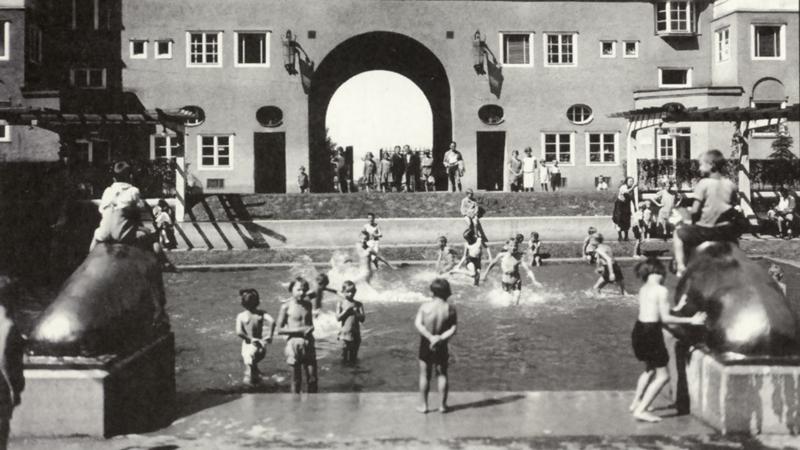
As globalism proceeds to annihilate local identities, leaving behind cities that seem cut of the same cloth, a random resistance grows. Lefaivre’s book, while in no way espousing separatism or populist retrenchments, fulfills a certain revenge for the local.
Her account establishes that the backwardness of the decaying Hapsburg Empire in contrast to the pressure of political and artistic progressives produced what Karl Kraus dubbed the “laboratory of the end of the world.”
Central to her thesis is the emergence of a resilient Jewish contingent and a reappraisal of the ‘incendiary’ nature of Wagner’s attack on historicism and eclecticism. Wagner’s straightforward use of iron and glass upended his teacher Semper’s positions, while his works of modern infrastructure counteracted the nostalgic urban vision of Sitte. Wagner abjured the nascent anti-Semitism of his class by designing synagogues. He urged his students to consider the honesty of materials, which did not mean forgoing decor and sculpture but making them integral rather than applied.
Lefaivre prompts us toward new perspectives on protagonists of Viennese design but pursues a deeper mission to demonstrate how the radicalization of culture paved the way for the world’s finest public housing.
If Lefaivre substantiates Vienna’s genetic mood of erudite struggle as the key to its identity, her last few chapters intimate an inevitable retreat, since the city is becoming globalized while its major designers have been enlisted by the international star system.






